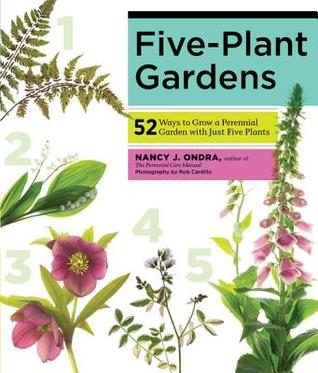Looking for more resources or want better seed starting results?
Here are some of the good online resources I found while researching for the article:
- Seed Starting 101 - A downloadable ebook with photos and tips on basic seed starting including how to "harden" them for the outdoors
- "Seed Starting Chart" at OrganicGardening.com - Count back from our frost date (approximately May 7th) for each type of plant to determine when to start.
- Seed Shelf Life - A chart from of some common vegetable seeds with their germination rates, average shelf life, and average days to germination
Below is an excerpt of the seed starting portion of the article, updated with more club member ideas and links.
Good luck and happy growing!
-----------------------------------------------------------------------------------------
By starting seeds in this "pre-spring period", you get a
jump start on the growing season, the satisfaction of growing them from
the very start, and the ability to control what kinds of (if any)
pesticides are used. It also gives you a chance to have plants that
might not be widely available or are more expensive in full grown form.
Here are some seed starting basics:
Step 1: Choose the right plants
-
With our short growing season (The Old Farmer's Almanac has Edmonton's last and first frost dates pegged at May 7 and September 23 -- only 140 days!) choose plants that can
use that extra boost.
- One club member likes to start in February her parsley (long germination time) and petunias (slow growing).
- One club member likes to start in February her parsley (long germination time) and petunias (slow growing).
-
Avoid plants with taproots, such as sunflowers and poppies, which don't
like being transplanted and can be stunted by starting in a container.
Step 2: Choose good seeds
- Seeds
have a shelf life. A surprising number of seeds are no longer viable
after one year even with special storage. Use fresh seeds or seeds
that have been packed for the current year to avoid disappointment.
- Follow the packet instructions!
Step 3: Choose a medium
Step 3: Choose a medium
- Various types of potting and growing soil mixes are available. Many will work!
- Another member likes to use coir pellets that are medium and container in one -- bio-degradable and easy!
Step 4: Choose a container
-
Almost any container with a drainage hole and the ability to hold the medium
will work.
- One of our members likes to raid the recycle bin for things such as takeout containers with a clear top. The top helps keep moisture in while the seeds germinate and can be easily removed once spouting appears.
Step 5: Choose a location
- One of our members likes to raid the recycle bin for things such as takeout containers with a clear top. The top helps keep moisture in while the seeds germinate and can be easily removed once spouting appears.
Step 5: Choose a location
- Most
seeds like a moist (but not wet) soil and a warm place to germinate.
Consider putting them on top of the refrigerator during this period.
-
Once seeds have spouted, move them into an area with sunlight, such as a
bright window. Keep in mind this area might get cold so to prevent damage by keeping an eye on them and moving them as necessary.


























